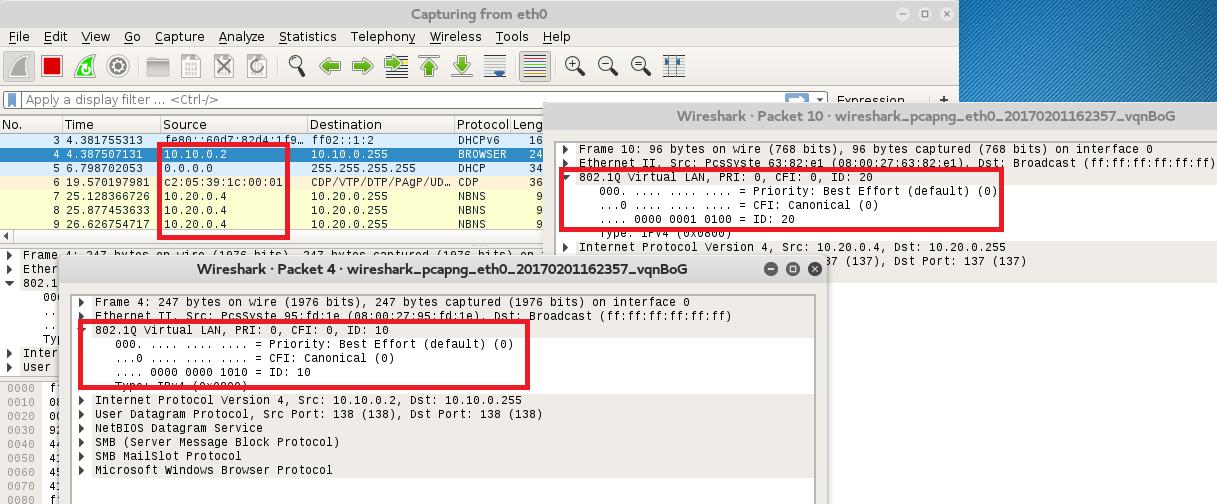

The value of a field is not necessarily what appears in the With comparable values (which may be literals, other fields, or function In a filter, an exists operator for that protocol or field implicitlyĮach field has a value, and that value can be used in operations Whenever a protocol or field appears as the argument of a function To see all packets that contain a Token-Ring RIF field, use Protocol, the filter would be "ip" (without the quotation marks). If you want to see all packets which contain the IP The simplest filter allows you to check for the existence of a FILTER SYNTAX Check whether a field or protocol exists Reference of filter fields can be found within Wireshark and in the displayįilter reference at. Generation and packet list colorization (the latter is only available to Let you compare the fields within a protocol against a specific value,Ĭompare fields against fields, and check the existence of specified fieldsįilters are also used by other features such as statistics Your filter, then it is displayed in the list of packets. If a packet meets the requirements expressed in

That helps remove the noise from a packet trace and lets you see only the Wireshark and TShark share a powerful filter engine Wireshark [ -Y "display filterĮxpression" | -display-filter "display filter The value 22 (0x16 in hexadecimal) has been defined as being “Handshake” content.Īs a consequence, tcp & 0xf0) > 2)] = 0x16 captures every packet having the first byte after the TCP header set to 0x16.Wireshark-filter - Wireshark display filter syntax and The first byte of a TLS packet define the content type. The offset, once multiplied by 4 gives the byte count of the TCP header, meaning ((tcp & 0xf0) > 2) provides the size of the TCP header. Tcp means capturing the 13th byte of the tcp packet, corresponding to first half being the offset, second half being reserved. Tcp & 0xf0) > 2)] = 0x16: a bit more tricky, let’s detail this below Tcp port 443: I suppose this is the port your server is listening on, change it if you need Tcpdump -ni eth0 “tcp port 443 and (tcp & 0xf0) > 2)] = 0x16)”Įth0: is my network interface, change it if you need


 0 kommentar(er)
0 kommentar(er)
